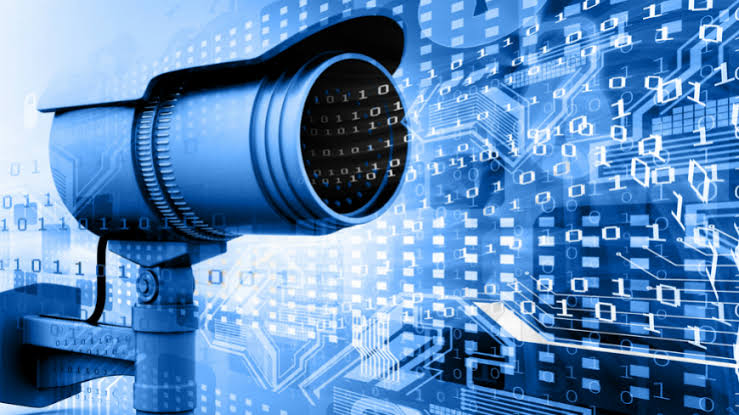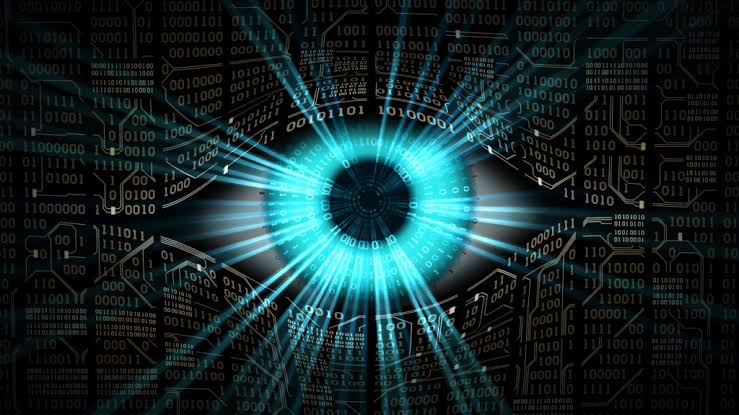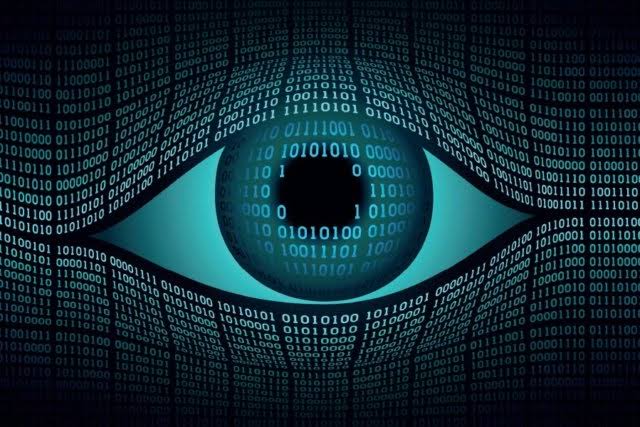Why is the government wasting hard earned taxpayers money for mass surveillance of it’s people?

The Pegasus project and data leak about government authorised spying of Indian citizens rocked the Indian Parliament two days ago. There was a big ruckus with the adjournment, walking out and name-calling. People who supported this government authorised spying were hailed as heroes, and those who opposed it were called anti-nationals, against national integrity, et cetera.
Let’s briefly overlook what Pegasus is –
Pegasus is spyware manufactured by NSO Group, a world-leading cyber intelligence solution based in Tel Aviv, Israel. Pegasus is installed in target devices without users knowledge or consent to steal data from the target device. Over the years, Pegasus has become sophisticated and updated that it can be installed on users phones via a simple message or a WhatsApp call. Pegasus works in stealth mode, uses minimal storage, minimal battery, minimal data to avoid raising suspicion. It can enter into any password-protected device and steal data right from social media chats like WhatsApp, telegram etc., to messages, phone calls, browsing history, call history and other details.
The NSO group has said time and again that they supply the software only to authorised government agencies, law-enforcement agencies, intelligence bureaus to combat crime, human trafficking, drug trade, et cetera. Pegasus takes advantage of zero-day exploit to enter into devices and phones. Hence neither the software developer nor the user has any idea how this software will crawl its way into devices. Since the company has outrightly said that it only sells it to authorise the government, why is the Indian government spying on its citizens?
To combat crime and terror?
No.
Who are the potential targets?
Potential targets of spying were people who have no connection with terrorism. The wire and twenty other international media houses have released lists where potential targets may or may not have been spied. Without digital forensics, it’s not possible to establish hacking. But the appearance in the list does make them a target or a person of interest. Student activists like Umar Khalid, Anirban Bhattacharya and Lahiri were targeted. There are several top journalists from media houses who were spied upon. There were activists like Ambedkarite activist Ashok Bharati, Railway union leader Shiv Gopal Mishra, labourrights activist Anjani Kumar, anti-coal mining activist Alok Shukla, Bastar-based activist Shubhanshu Chaudhary, other activists like Ipsa Shatakshi.
It also targeted academicians like Bela Bhatia. Congress leader Rahul Gandhi, former election commissioner Ashok Lavasa, political strategist Prashant Kishor, Union IT minister Ashwini Vaishnav appeared on the list. These people have featured on the list because they are either critics of the government, raise their voice against government policies or protest against government rules and regulations.
Nothing comes for free in this world. What was the cost of this government-sponsored mass surveillance?
The cost of running this mass surveillance project runs into crores of rupees, according to estimates acquired by New York Times in 2016 with traditional software companies that the spyware is priced at $500,000 for installation alone. Apart from that, it charges $650,000 to spy on ten iPhones or android mobile phones. The company charges $500,000 for spying on five BlackBerry phones, and it charges $300,000 for five Symbian users. The charges do not end here; for further surveillance, the client has to pay $800,000 for hundred extra targets and $500,000 for 50 extra targets and one $150,000 for 20 extra targets.
Apart from this, the NSO group charges 17% of the fee of total cost every year after the initial order for maintenance and repair. These are rates of 2016, and if you take inflation into account, the prices will increase. Surveillance first came into the picture in 2019 and again in 2021. Given the rising prices in India and Israel, you do the math.

The Indian list has 300 verified cell phone numbers. So even if we consider prices at the 2016 level, follow a conservative approach and assume that a single agency was targeting all these 300 targets, the prices are as follows –
(We are assuming that only a single agency was spying on the targets because if multiple agencies come into the picture, the prices increase several times the number of agencies involved)
There will be a $500,000 installation fee, $1.3 million for the first ten iPhone users and ten android users, $2.25 million for the remaining targets. If we add everything, the total is $4.05 million, excluding the annual maintenance fee. If we add the 17% maintenance fee charged every year without taking inflation into account cost would be $7.5 million for 2016 to 2021.
Outrageous, isn’t it!
It’s not over since it’s in dollars; we have to multiply it by 70 to convert it into rupees which will be around 56 crores. We are not taking inflation into account, additional cost for the new role and extension of the validity period. To sum it up, the government spent money like water on this surveillance project.
Where does this money come from?
From you and me.
It is our hard earned money, paid to the government in the form of taxes which is used for such unnecessary work. The government is behaving like foreign oppressors, trying to fill its treasury despite people’s plight by increasing excise duty on fuels. The government is imitating colonial Gomasthas who collect taxes irrespective of peoples ability to pay. CCI surveys and several reports have projected bleak economic prospects; people are out of jobs, NPAs are rising etc.
Amid such a crisis, news of exorbitant spending disheartens and angers the Indians simultaneously. Instead of spending money on spying on people, the government should invest in healthcare infrastructure, roads and railways, education, telecommunication infrastructure, research for alternate fuels etc. Many things will be easier than opening a business, transporting products, and a lot of lives could have been saved in the deadly second wave. People died because the state was not able to provide primary healthcare like oxygen and hospital beds.
The government wants to privatise every loss-making public sector unit. The aim of the government must not be incurring profit but the welfare of people. There is no guarantee that privatisation of public sector units will ensure the continuation of welfare work. The private sector lives for earning profit. Such rampant privatisation will make India a privately run country soon.
A country run by Adani and Ambani.
So, what are we paying our taxes for?
Apparently, for spying activists!
The Indian government wants to spy on its people- namely dissenters and critics? Is the government hiding some secret? Is it afraid of losing its ground?
State-sponsored surveillance is justified on the grounds that ‘if you have done nothing wrong, you have nothing to worry about’. If tables are turned, the same sentence can be rephrased as ‘if the government has nothing to hide, it need not snoop on people’. The rules and regulations of taxation, buying real estate, investment, banking, business, et cetera have been tightened so that the government knows who is doing what. Why does the government believe that everyone is a criminal hiding a dirty secret? Unless the government is hiding something?
India is a democratic country that believes in the fundamental right to privacy and the right to life with dignity. Snooping on people’s private lives and extracting data is a gross violation of the right to privacy. Whoever indulges in such activities, be it law enforcement agencies, must be punished because no one is above the law. Unauthorised spying also hampers the right to freedom of speech and expression. Surveillance is vital for tracking crimes and terrorism, but it is prone to abuse. Mass Surveillance is invasive, extreme and unacceptable.
What’s more, the Indian taxpayers cannot afford surveillance of dissenters and critics.




